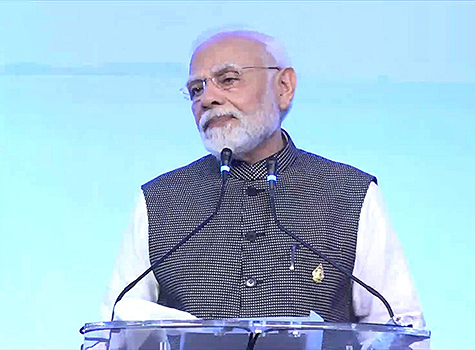We all have this covert desire to create enough assets during our working lives so that not only we can live comfortably without burdening someone but also pass-on some of our estate as inheritance to our heirs. We have worked hard for it and now we wish to enjoy it. This is a perfectly good desire and it should be everybody’s goal.
Now comes the hard part of making sure that we protect what we have and really reap and enjoy the fruits of our labor. Easier said than done; not only because we want to protect our hard earned money but also because we need to make sure that we also grow our estate so that we don’t fall behind the proverbial and insidious inflation curve. It is, at times, a contradicting requirement.
When we are in our twenties through fifties and even early sixties, our main focus is to have some long-term aggressive growth because most of what is slated for such growth is not needed till our retirement time. In sixties and later the emphasis starts to shift towards rearranging and protecting the portfolio but at the same time still get some reasonable growth. Considering the fact that we still have at least 20/25 years left to spread our wealth over, it is still a somewhat long-term perspective and indeed that is the way it should be looked at. So here are some of the ideas that need to be considered.
Diversification
There was an article in the May issue Saathee which walked us through the importance and significance of diversifying our assets so that the volatility is reduced. This is one thing that is done, right from the beginning, to suit that person’s risk tolerance and it should not be a revelation when we reach the retirement age. In this regard, bringing in some preferred stock investments, corporate and/or municipal bond and even some CDs into our investment fold is a good idea. As you know all stocks and investments will fluctuate with the market and the geo-political events but these move with less volatility.
Our focus is shifting from aggressive investing for maximum growth to moderate growth. There is always some need for investing in stocks and it should be done in such a way that we don’t have to cash them in the down market. This way our stock investments can ride the down and up wave with the market and we will not be affected by it.
The mix of our investments, from the diversification point view certainly changes as we further advance in age.
Insurance
In retirement, health expense is one of the most annoying and high dollar items. Regardless of what the current congress would do about ACA (Obamacare), you should seriously consider having your own health insurance so that little of such expenses comes out of your own pocket (other than the insurance premiums, deductibles and co-pays of course). Those who do not have health insurance have a very high probability of getting gouged by the medical services industry and we alone cannot really fight the onslaught too well (if you have been to a Dentist without dental insurance I think you have experienced what I am referring to). This is one expense you have to learn to live with. If you study the statements that we receive for such medical services you will know immediately what I am talking about.
Life insurance, not a must in retirement, nevertheless, is good to have because it can be used in many different ways. It can certainly be helpful for paying debts (credit cards, auto loans, house mortgage, funeral etc.) especially if we are short on readily available cash. Life insurance payment can most certainly be passed on to the next generation with no ramification for taxes if the paperwork is done right, ahead of time, for such policies.
Long term care policies (LTC) also play an important role. Not all need to have LTC coverage and it depends on your total asset base. LTC policies are meant for filling in the gaps in your health care coverage (Medicare and supplemental) so that you are covered for debilitating long-term illnesses. However, in last ten years or so, these policies have gotten expensive and not all can afford them. Also if your asset base is above a threshold then, perhaps, you may not need it. Review this option carefully to determine if you need it or not.
General
Approaching retirement, we need to get more cognizant of our expenses as well as our income stream(s). While the income level generally stays fixed, with some exceptions, expenses creep up definitely by the inflation rate, sometimes even faster depending on your lifestyle. And that is the point. We must make sure that our expenses are brought down below our income stream. I hear argument about Annuities in this regard. While Annuities are a popular product, it is largely not suitable, in my opinion, for a majority of the senior population. I strongly recommend educating oneself in this regard. One may never know everything but one must have enough knowledge to decipher which product is good for you and which one is not.
When we get close to retirement the headwind forces increase. The reality is that many cannot recover fast enough from adverse situations to get back on their feet again. But take heart; there are plenty of solutions; you just have to go seek them.
There is an old saying that they laugh when we plan but then we get the last laugh when they find out we survived well but others didn’t. Even then our plan may have glitches that we may not notice. Mike Tyson once said: “everyone has a plan until we get punched in the mouth.” It is our ability to get back up and keep going after getting punched is what will lead us to success. So what to do? Plan again.
Next month: The four support pillars of your financial house.



